Full Wheel Pose: An Intermediate Asana Posture to Increase Energy and Well-Being
Hello, I’m Dav Jones, a dedicated yoga practitioner, and teacher trainer passionate about guiding individuals in their yoga practice and spiritual endeavors. Today, we will look at Wheel Pose (Urdhva Dhanurasana), a strong asana from the backbend family. Together, we’ll dive into how to perform this pose correctly and safely, and I’ll share insights on how Wheel Pose can significantly enhance your flexibility, strength, and movement practice.
What is Full Wheel Pose (Urdhva Dhanurasana)?
Wheel Pose, also known as Upward Bow or Urdhva Dhanurasana, is a dynamic backbend that stretches the body's chest, abdominals, and anterior chain. This backbend family pose helps strengthen the shoulders, arms, legs, and back muscles and brings flexibility to the spinal column. It’s celebrated for its ability to energize the body, improve spinal flexibility, and stimulate the thyroid and pituitary glands. This pose is significant in yoga for its heart-opening qualities, promoting better respiratory function, and offering an uplifting effect on the physiology of the body. It’s a staple in many yoga sequences, aimed at building courage and expression.
Full Wheel Pose Yoga (Urdhva Dhanurasana) Basics
Sanskrit: Urdhva Dhanurasana
Pronunciation: OORD-vah don-your-AHS-ana
Meaning of Urdhva Dhanurasana: “Urdhva” means upward, and “Dhanura” means bow, reflecting the pose’s resemblance to an archer’s bow with the spine in extension. This posture symbolises the opening of the heart and chest, embodying an uplifting and energising effect.
Yoga Level: Intermediate to Advanced
Pose Type: Backbend
Preparatory Poses for Full Wheel Pose
Before attempting the Wheel Pose Yoga, it’s essential to properly warm up your body, particularly your spine, shoulders, and hips. Perform poses such as the Camel Pose, Cobra Pose, and Bridge Pose to prepare your body.
Camel Pose
Cobra Pose
Bridge Pose
Step-by-Step Approach to Full Wheel Pose: A Comprehensive Guide for All Levels
The Full Wheel Pose, also known as Chakrasana or Urdhva Dhanurasana, is an intermediate-to advanced-level backbend that requires flexibility and strength in the wrists, spine, shoulders, and hips. Here’s a step-by-step guide to performing the Wheel Pose safely:
Step 1.
Start Lying on Your Back: Begin by lying flat on your back. Bend your knees and set your feet on the ground, hip-width apart.
Step 2.
Position Your Hands: Place your palms on the ground beside your head, with your fingers pointing towards the long edges of the mat. Hug your elbows in towards each other.
Step 3.
Lift Your Hips: Press your feet and palms firmly into the ground, On the exhale, lift your hips off the floor whilst pushing down through your hands until you can place the crown of the head on the mat.
Step 4.
Press Into Your Hands: Aim to keep most of the weight in your hands and feet and only a small amount of weight on the head.
Step 5.
Rise Into Full Wheel Pose: On your exhale, push down through your hands, lifting your head off the floor completely, and work towards straightening your arms. Your body should now form an arch, resembling a wheel. Keep your feet parallel to each other and avoid letting your elbows splay out.
Step 6.
Hold the Pose: With enough dedicated practice of Full Wheel Pose, I noticed that my spine and shoulders opened up enough to express the posture like what you see in the image above.
Hold the pose for 5 to 10 breaths. Focus on pushing your chest back in a diagonally upward movement. Press down the ball of the big toe on each foot.
Step 7.
Exit the Pose: To come out of the pose, first tuck your chin to your chest. Then, bend your elbows and knees simultaneously, slowly lowering your back, shoulders, and head back to the floor. Rest on your back for a few moments, with the option to bring the knees into the chest to provide restoration for your spine.
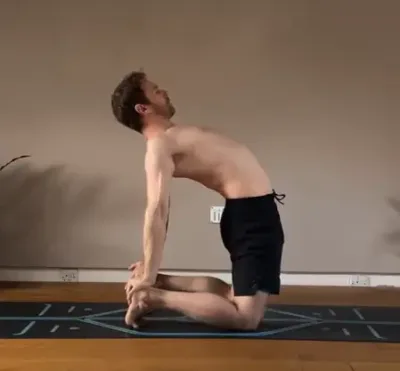
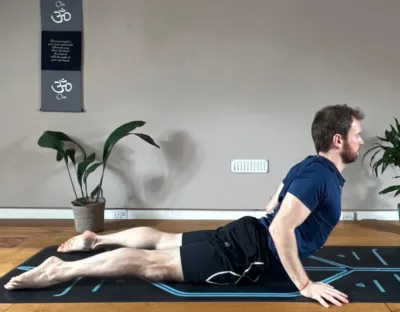
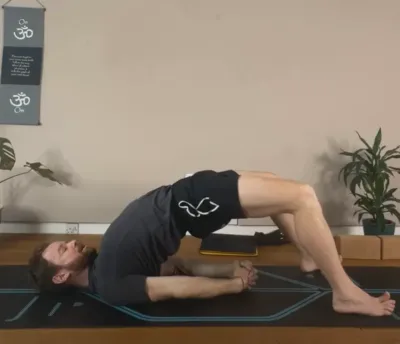
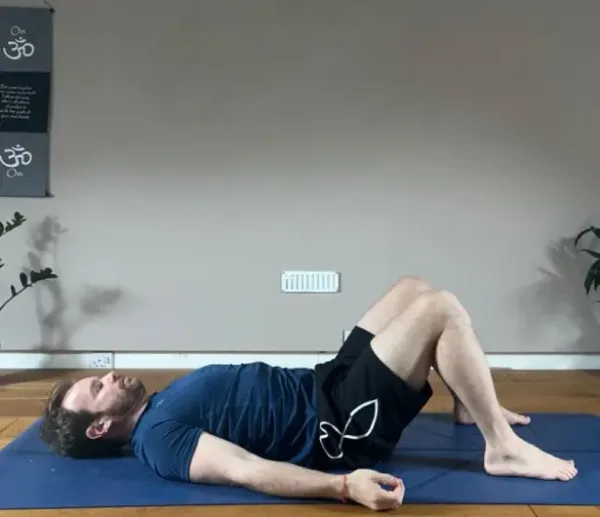
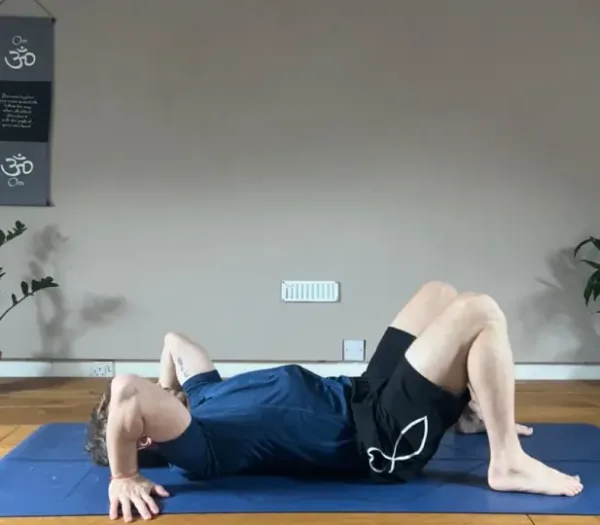
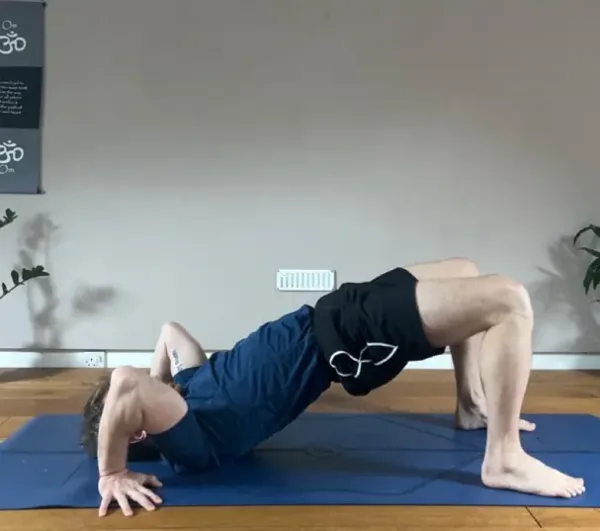
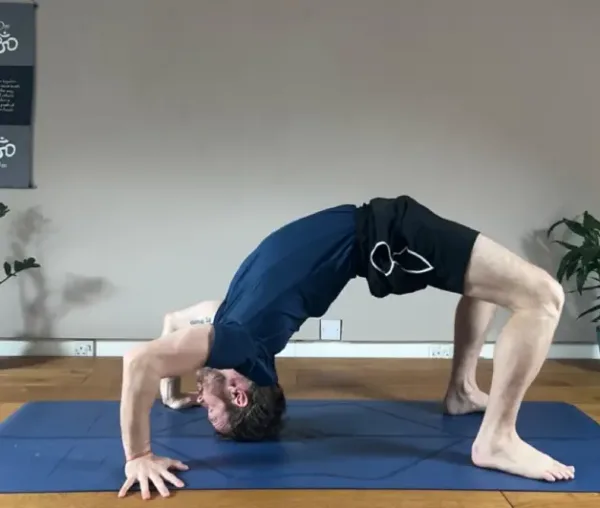
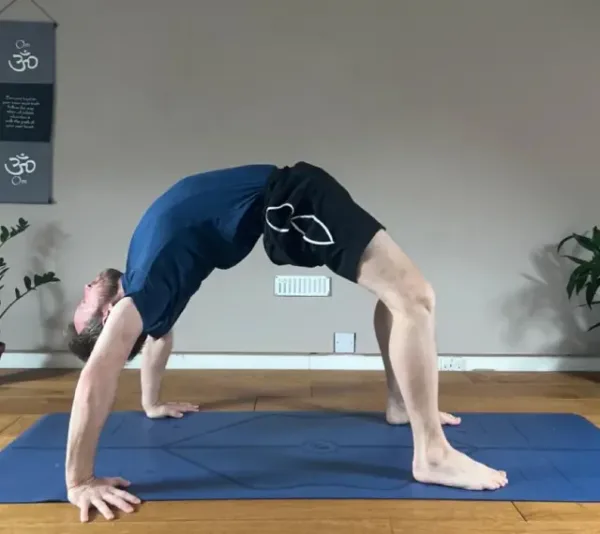
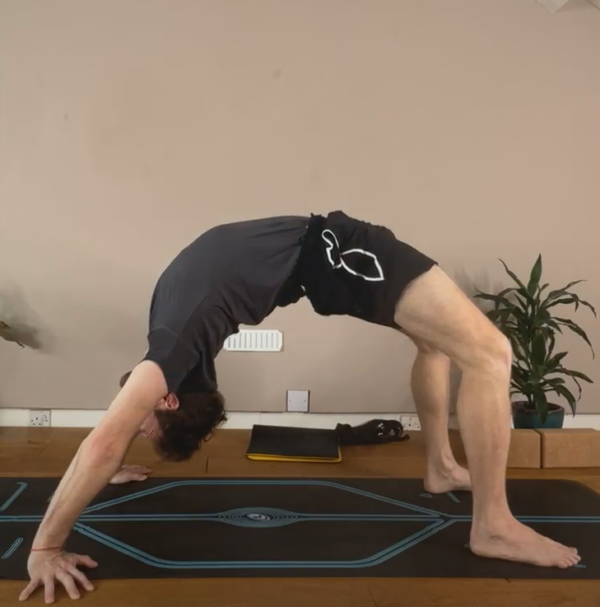
Comments
Post a Comment